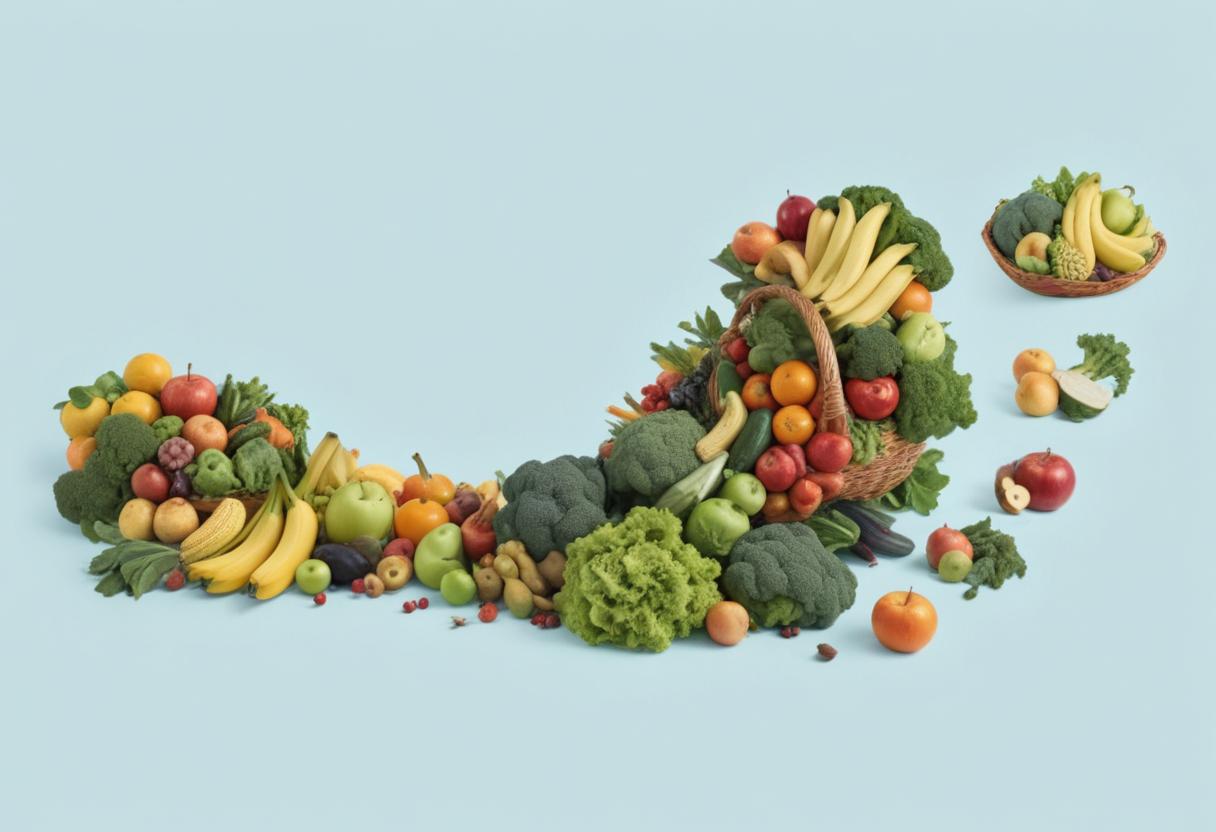The food we eat has a significant impact on our carbon footprint and, by extension, the health of our planet. As consumers, we have the power to make climate-friendly choices that can collectively make a substantial difference. So, how can we ensure that our dietary habits are as environmentally sustainable as possible?
Firstly, it’s essential to understand the carbon footprint of different foods. Generally, plant-based foods tend to have a lower environmental impact than animal-based products. This is because livestock farming, especially cattle and sheep, is a significant contributor to greenhouse gas emissions. The production of meat, dairy, and eggs involves resource-intensive processes, including feed production, land use, and the generation of waste. These activities result in substantial emissions of carbon dioxide, methane, and nitrous oxide, all of which contribute to global warming.
However, it’s not just the type of food we choose but also its source and how it is produced. Locally sourced and seasonal produce often has a lower carbon footprint because it doesn’t require long-distance transportation or intensive farming methods. Choosing organic and regenerative farming practices can also reduce the environmental impact, as these methods tend to prioritize soil health, biodiversity, and the reduction of synthetic inputs.
Another way to reduce our food-related carbon footprint is to minimize waste. Food waste that ends up in landfills decomposes and releases methane, a potent greenhouse gas. By planning meals, storing food properly, and composting whenever possible, we can significantly reduce our environmental impact. Additionally, we can support companies that utilize sustainable packaging and distribution methods, further reducing waste and emissions associated with food production and transportation.
The way we cook our food also makes a difference. Some appliances and cooking methods are more energy-efficient than others. For example, using a microwave or a pressure cooker instead of a traditional oven or stove can reduce energy consumption and associated emissions. Even something as simple as using leftover heat to warm up another dish can help lower our carbon footprint in the kitchen.
When it comes to drinks, the choices we make can also have a surprising impact. Bottled water, for instance, has a significantly higher carbon footprint than tap water, mainly when it’s transported long distances or packaged in plastic bottles. Similarly, the production and transportation of alcoholic beverages can contribute to a high carbon footprint, so it’s worth considering the environmental impact of our drink choices alongside the food we consume.
Reducing our carbon footprint doesn’t necessarily mean sacrificing the foods we love. Instead, it’s about making informed choices and adjustments to our dietary habits. Simple swaps, such as opting for plant-based alternatives a few days a week or choosing locally sourced produce, can go a long way. Being mindful of portion sizes and reducing waste can also help us make a positive impact on the planet without compromising on taste or satisfaction.
Lastly, let’s not underestimate the power of collective action. Individual changes are important, but they can be even more impactful when coupled with community efforts and advocacy for systemic change. Supporting initiatives that promote sustainable agriculture, lobbying for policies that encourage environmentally friendly food production, and joining community gardens or farmers’ markets can all be part of a holistic approach to tackling the climate crisis through our food choices. Together, we can create a more sustainable and resilient food system that benefits both people and the planet.
